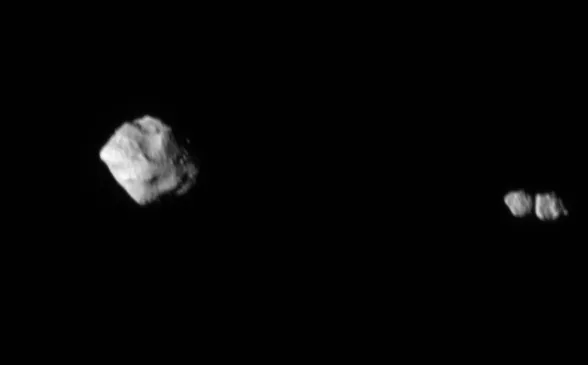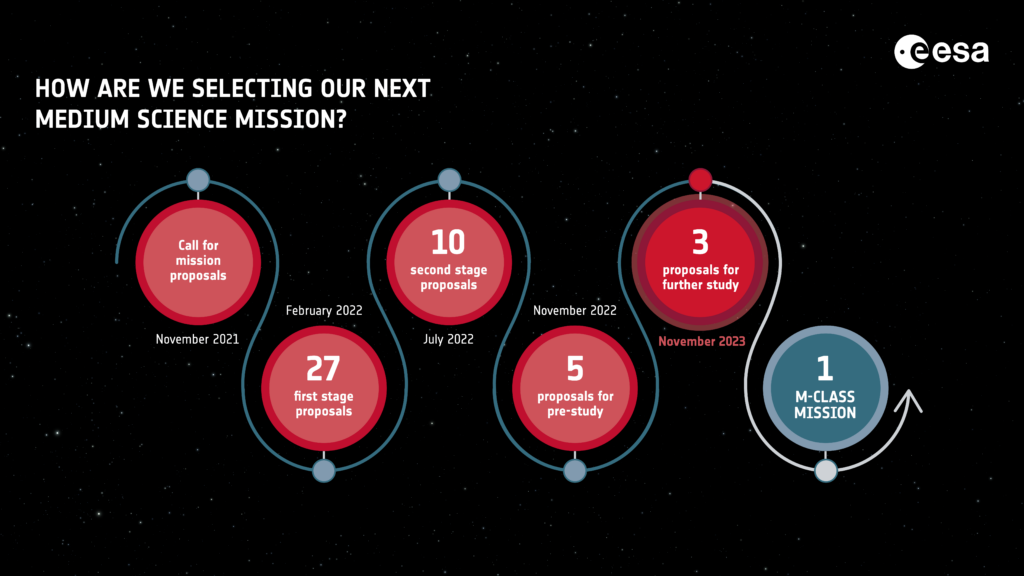Lucy
Lucy is the first spacecraft designed to fly to the Jupiter Trojans, with specific targets including DonaldJohanson (April 20, 2025), Eurybates with its satellite Queta (April 12, 2027), Polymele with its satellite (September 15, 2027), Leucus (April 18, 2028), Orus (November 11, 2028), and finally, Patroclus with its satellite Menoetius (March 3, 2033). Prior to these encounters, the spacecraft passed by the asteroid Dinkinesh and its satellite (November 1, 2023), which is not classified as a Jupiter Trojan. The exploration of this significant number of asteroids during Lucy's 12-year mission is unusually extensive and is expected to provide valuable insights into the formation of our solar system.

